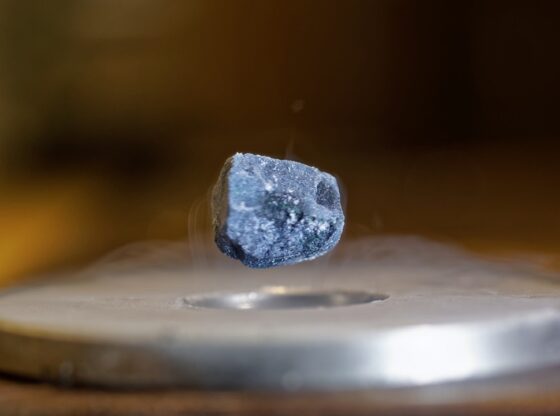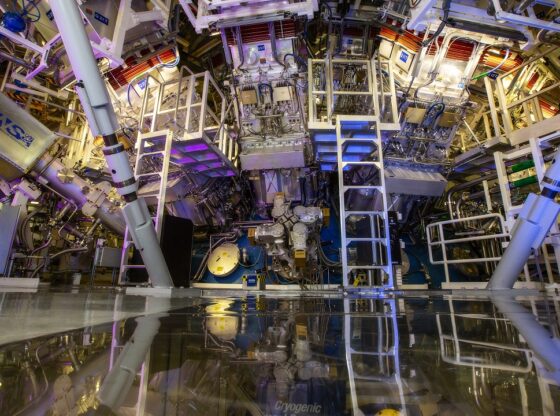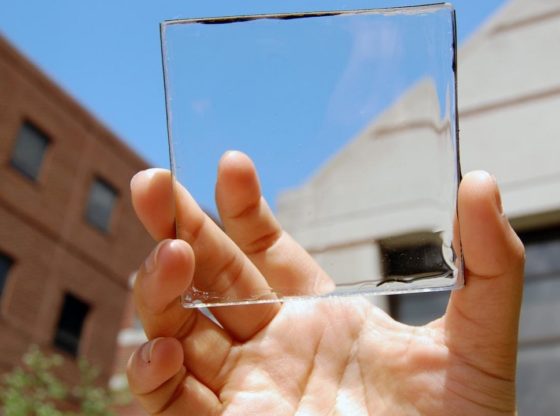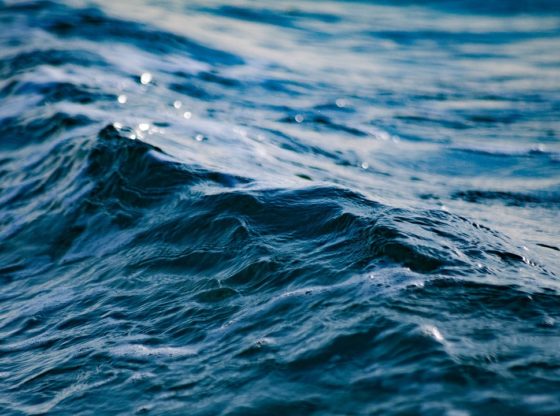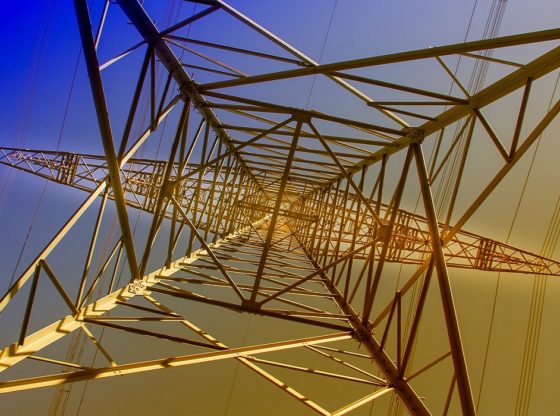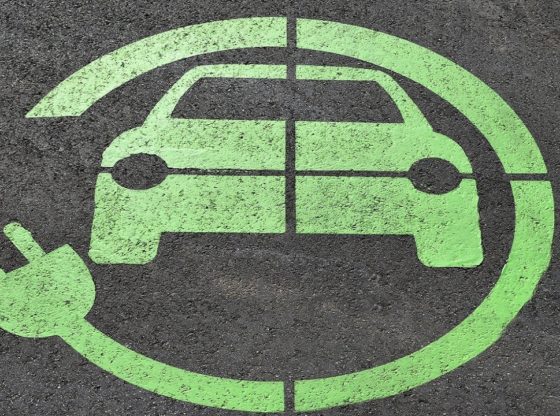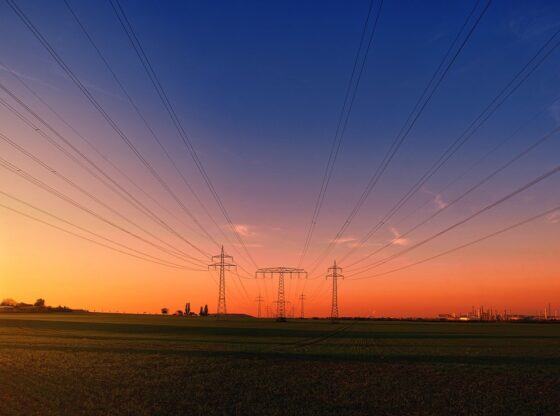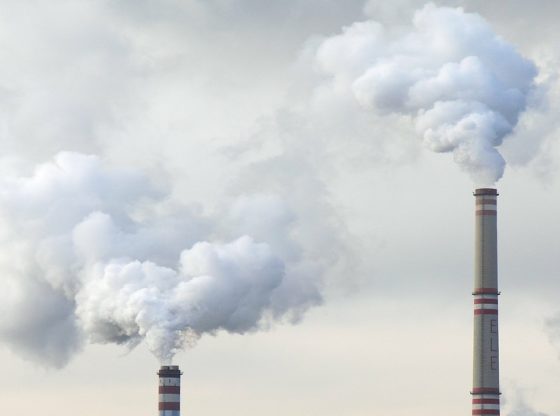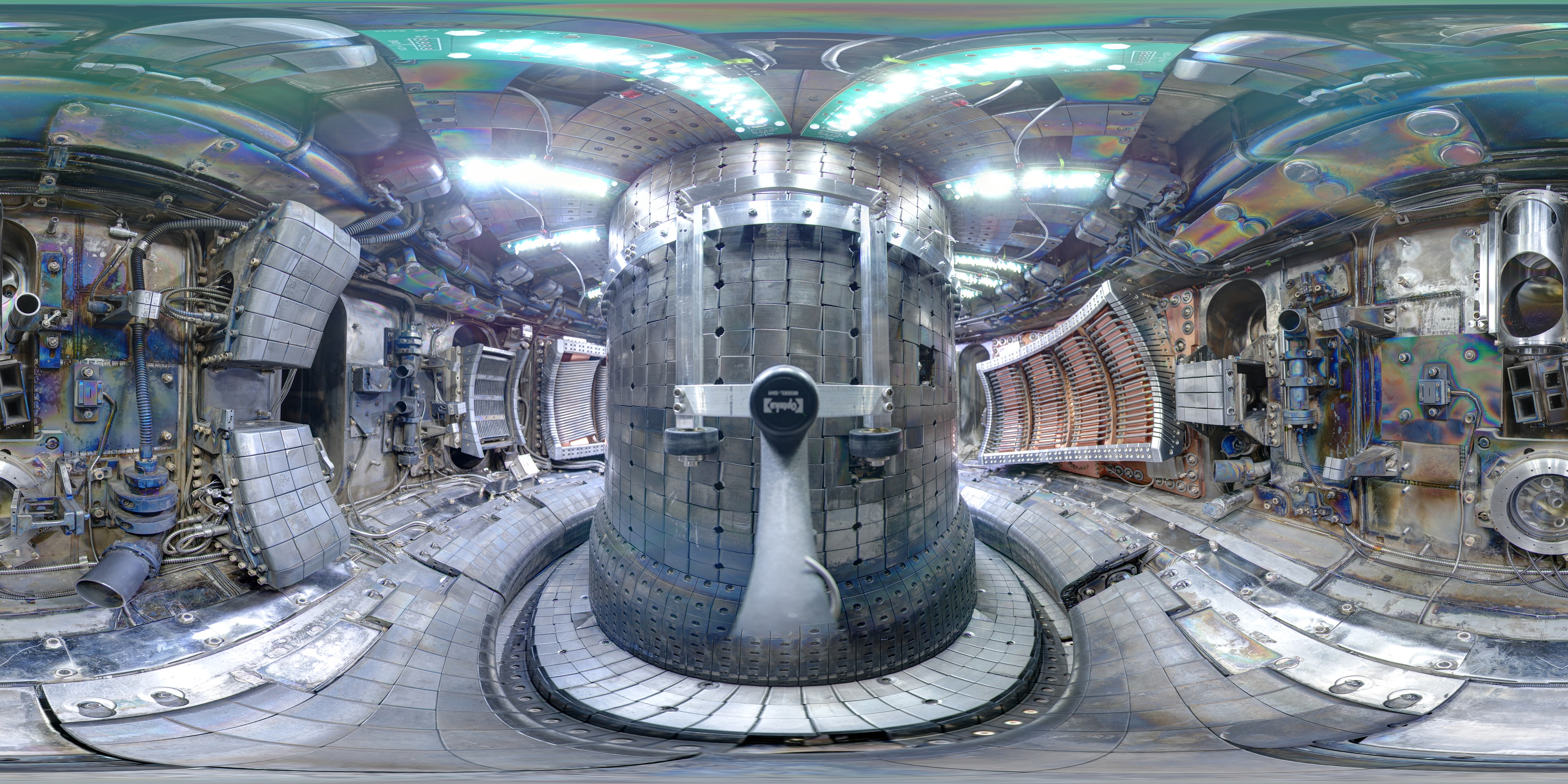
China believes that the development of the international fusion research reactor ITER in France is progressing far too slowly and looking to developer their own fusion project.
China will build their own fusion reactor, the ‘China Fusion Engineering Test Reactor’ (CFETR), which they claim will be completed several years earlier than ITER.
The international fusion project ‘International Thermonuclear Experimental Reactor’ (ITER) involving the EU, China, the United States, Russia, South Korea and India has been delayed multiple times. The completion date has been moved over and over again – the latest is 2035.
ITER member countries can make cash contributions or contributions in-kind, such as components or other parts. These parts are then shipped to France and assembled on ITER’s Cadarache, southern France site.
Fusion energy is simply based on combining hydrogen atoms using very high temperatures, several million degrees. When the hydrogen atoms melt together, energy is released, the same phenomenon takes place in the sun. It is basically the opposite of how a nuclear fission power plant works where nuclear nuclei instead break apart and release energy.
Fusion and Fission are complete opposites in another way as well, fission only produces more energy than it consumes in large nuclei (common examples are Uranium & Plutonium, which have around 240 nucleons (nucleon = proton or neutron)). Fusion only produces more energy than it consumes in small nuclei (in stars, Hydrogen & its isotopes fusing into Helium).
With fission, the splitting of heavy nuclei (uranium, plutonium) happens quite easily – and most reactions accelerate (i.e. produce more neutrons for splitting more atoms per reaction). Fusion is quite different. Forcing light hydrogen-like nuclei together does not happen at room temperature – indeed we need to exceed the temperature at the center of the sun to make it happen (100 million degrees Celsius)
The advantages of fusion compared to traditional nuclear power are several, the fuel is primarily hydrogen, an element with basically no limit in abundance. It is, after all, the most abundant element in the universe.
The nice thing about a fusion reaction is that if somehow it would go out of control, it would just stop itself automatically. And the second set of fusion-over-fission benefits centers around the radioactive waste. A fusion power plant would generate only a fraction of the amount of nuclear waste that even the most efficient fission plants produce.
But not only is China looking to develop their own fusion reactors, scientists at MIT in the United States has begun looking at a U.S. fusion project. The project is in the very early stages and only on the drawing board so far, but if any country is to leave the ITER project and invest in their own projects, the entire ITER project could be in danger.
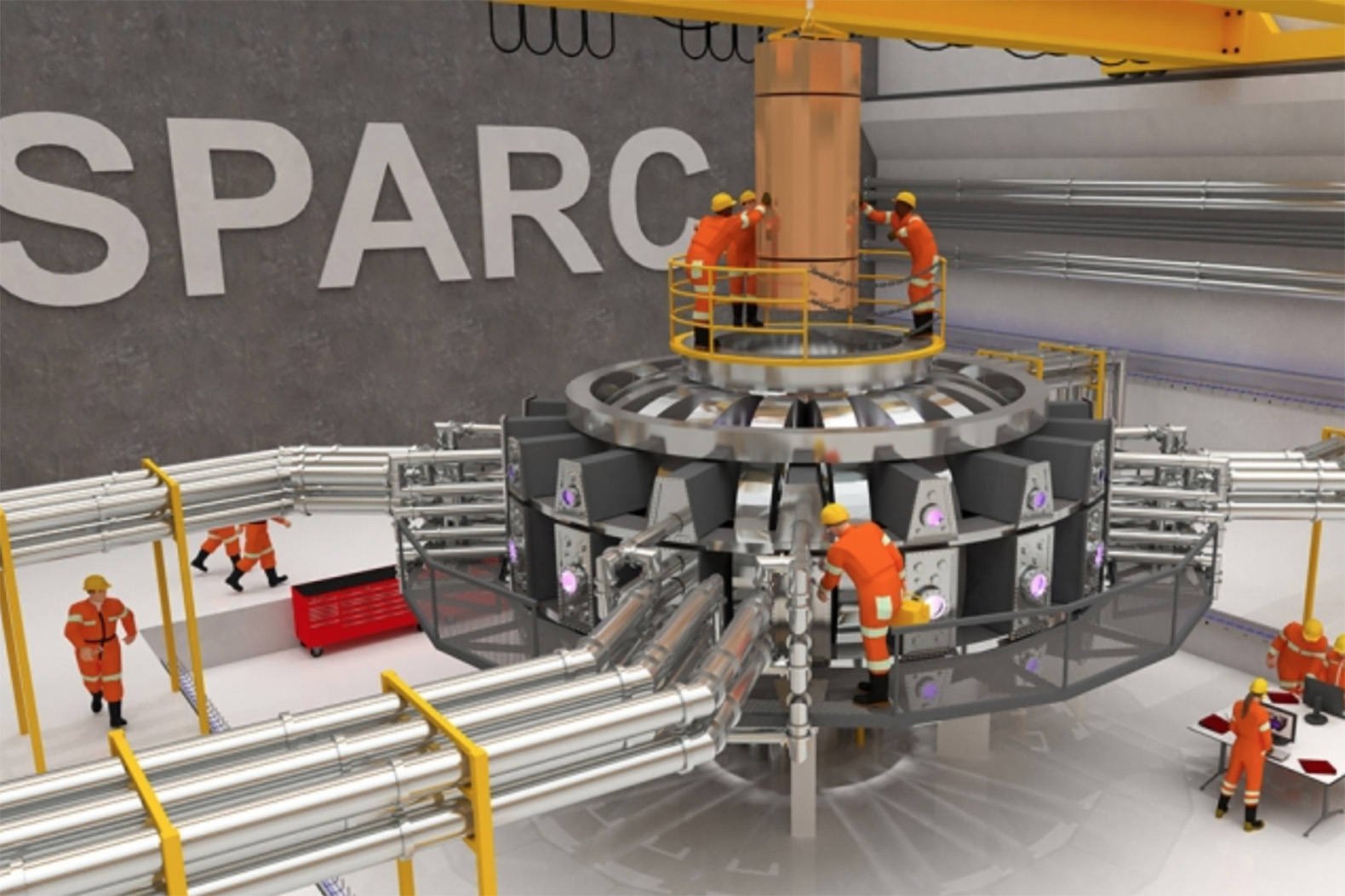
Visualization by Ken Filar, PSFC research affiliate, MIT.
A big difference between ITER and the Chinese venture is that ITER is not supposed to produce electricity but only show that the process works. China aims to both develop and produce energy with the reactor they are building.
There was even discussion among the other six ITER members – Japan, South Korea, Russia, the US, India and the European Union – about kicking China out of the project because of concerns it would use knowledge gained from ITER to accelerate construction of CFETR. But the growing Chinese influence in the project may just be crucial for ITER’s success.
Reference:
Yuanxi Wan et al. Overview of the present progress and activities on the CFETR Published 23 June 2017 • © 2017 IAEA, Vienna Nuclear Fusion, Volume 57, Number 10

